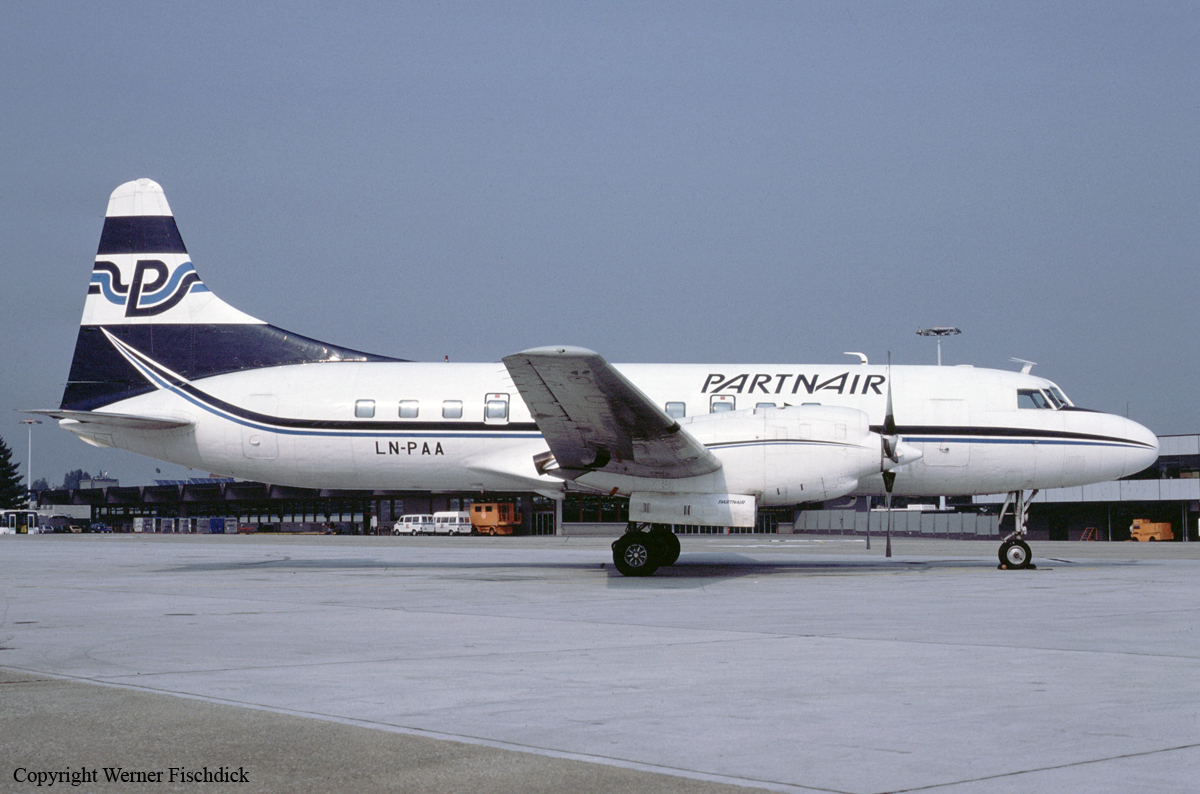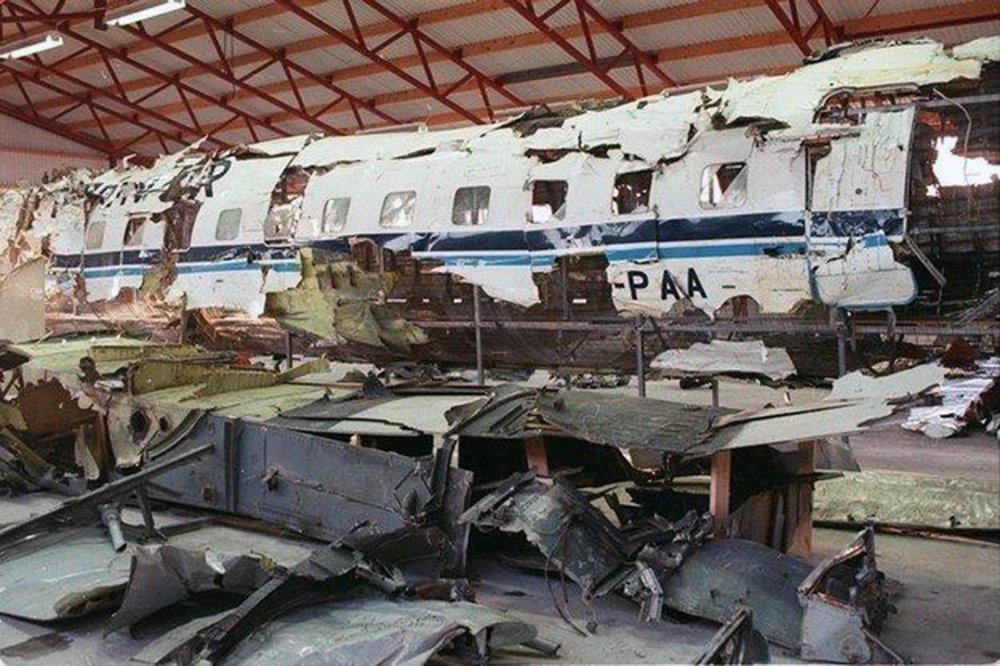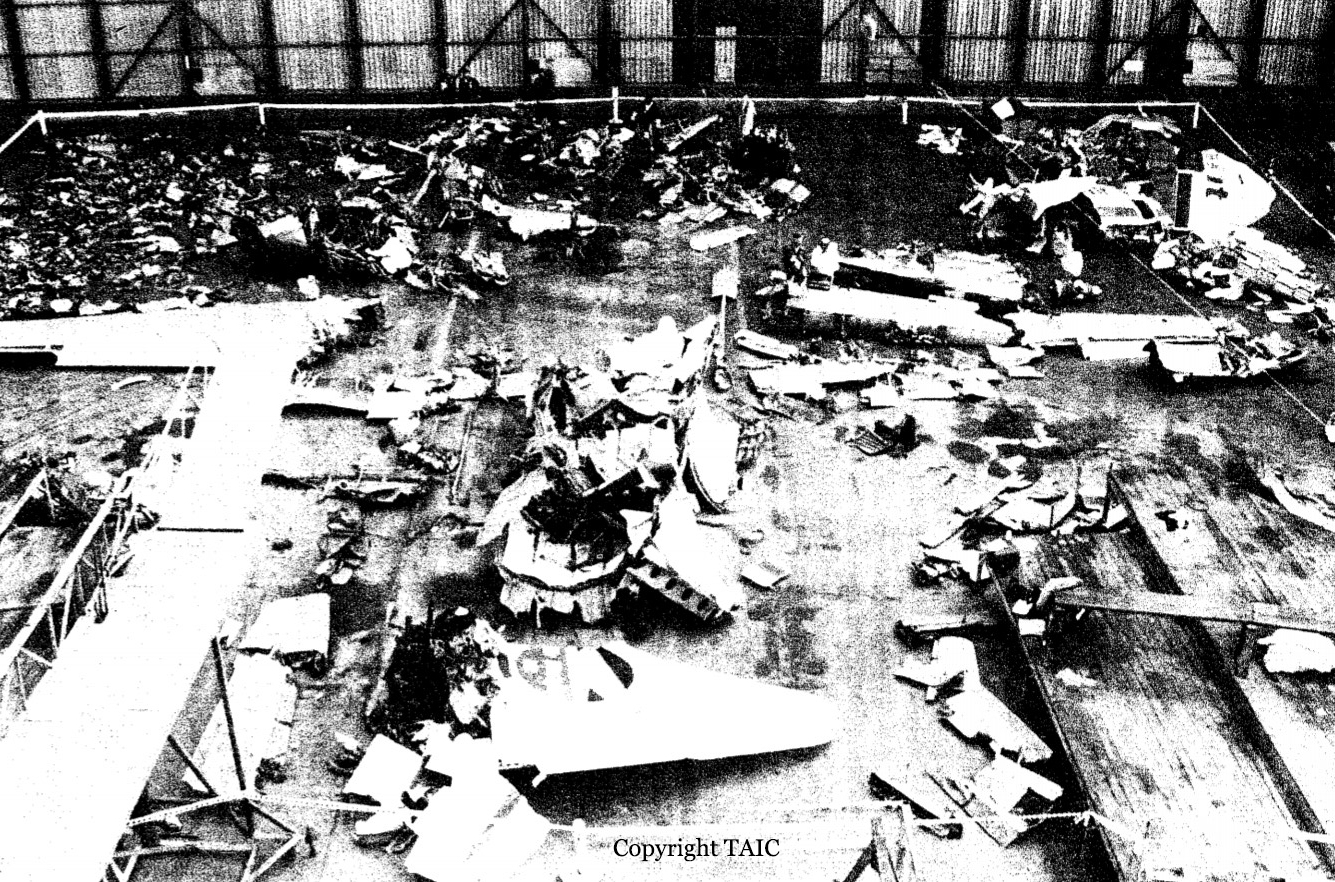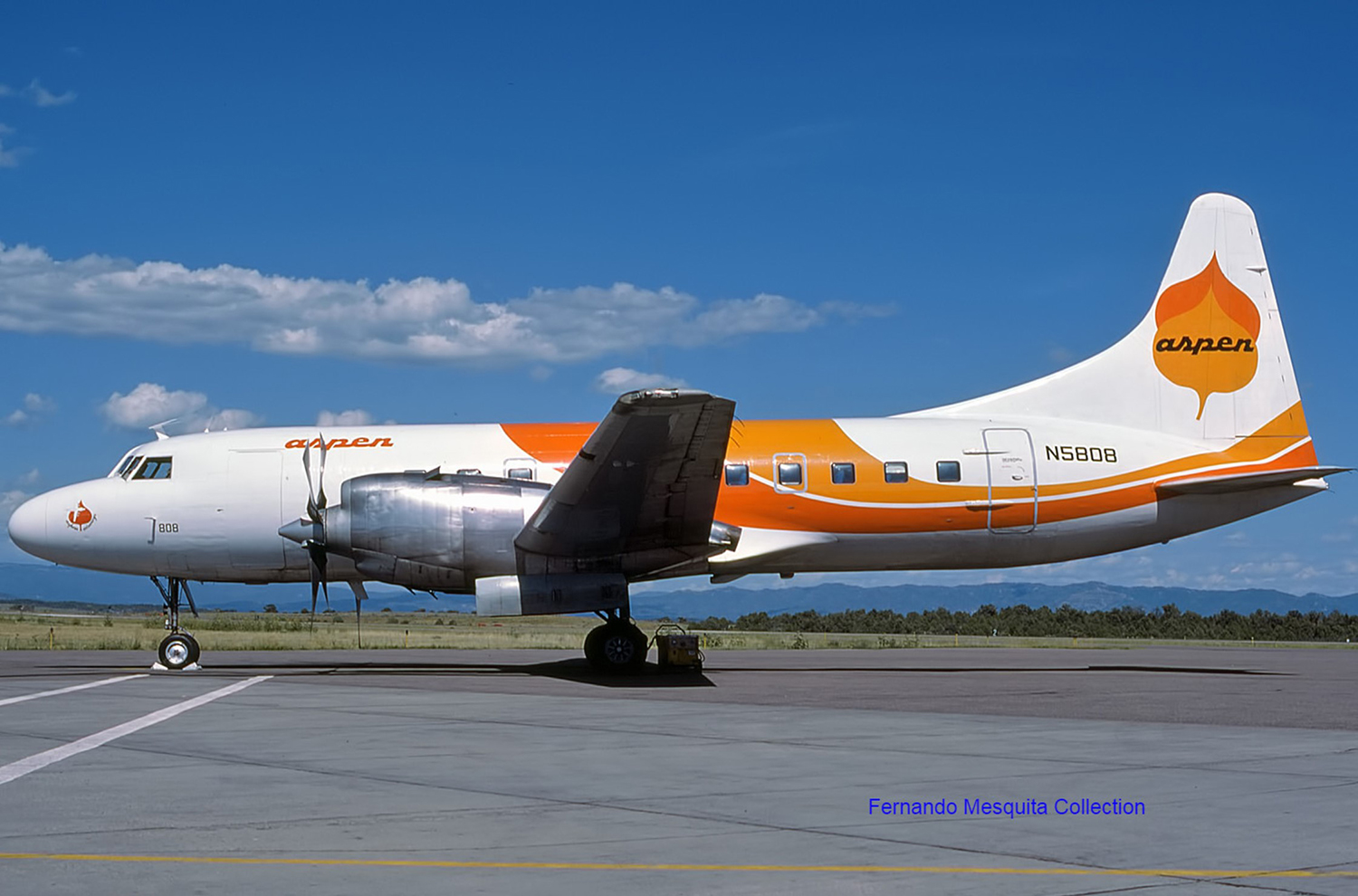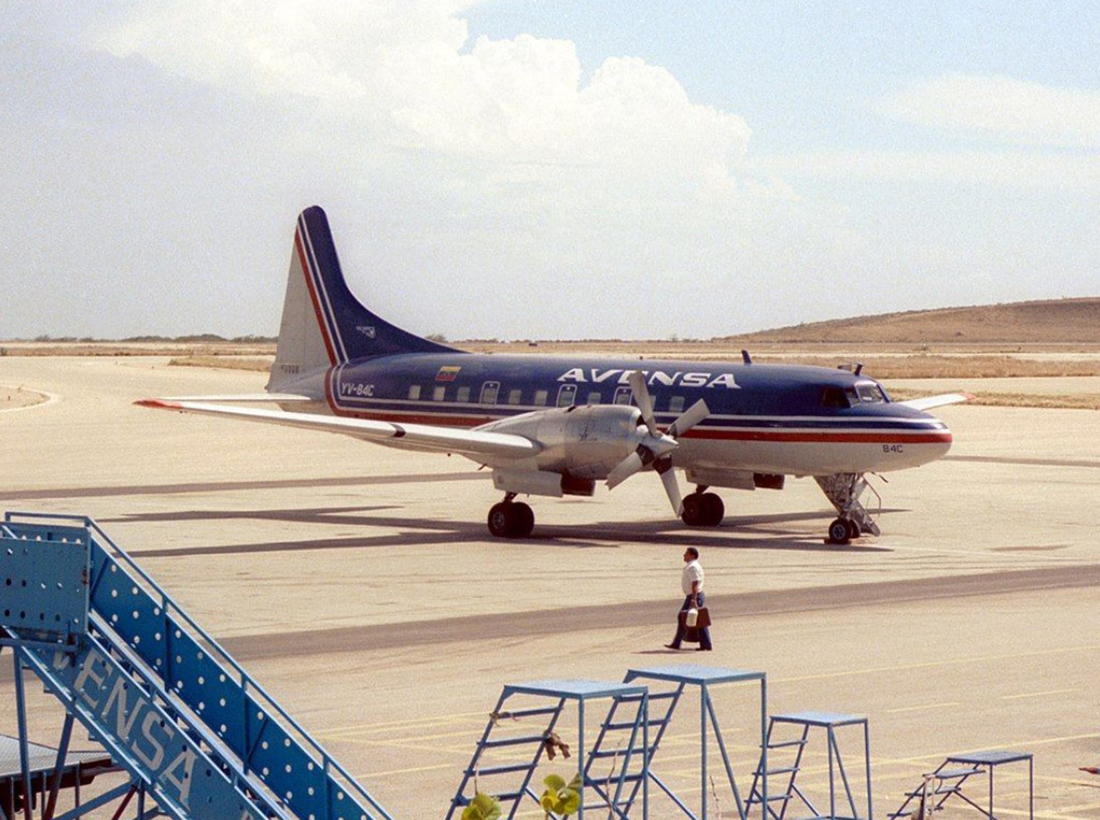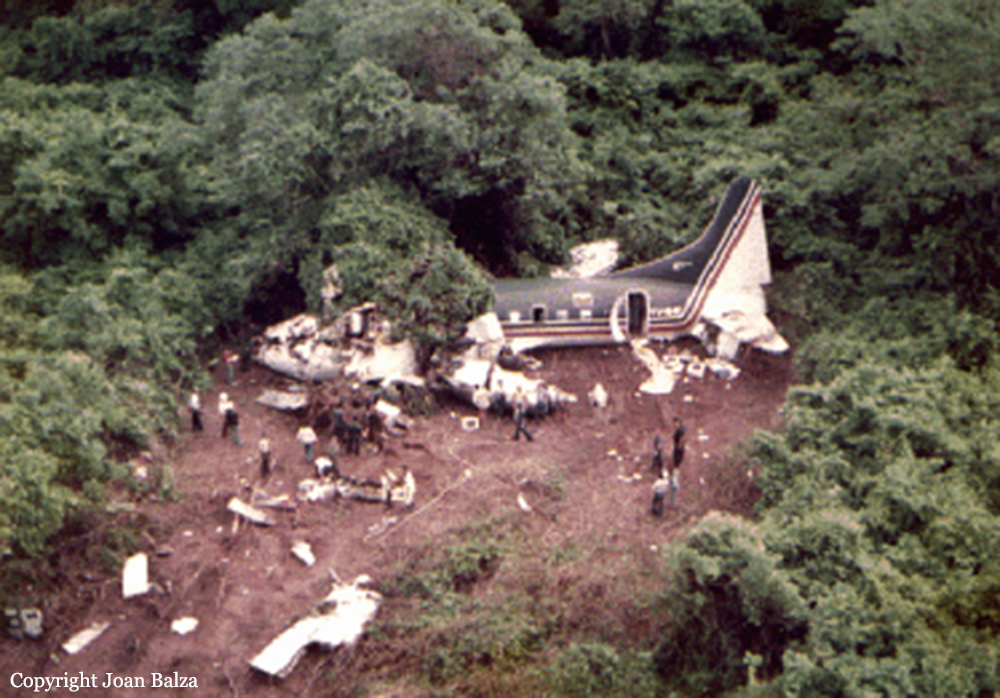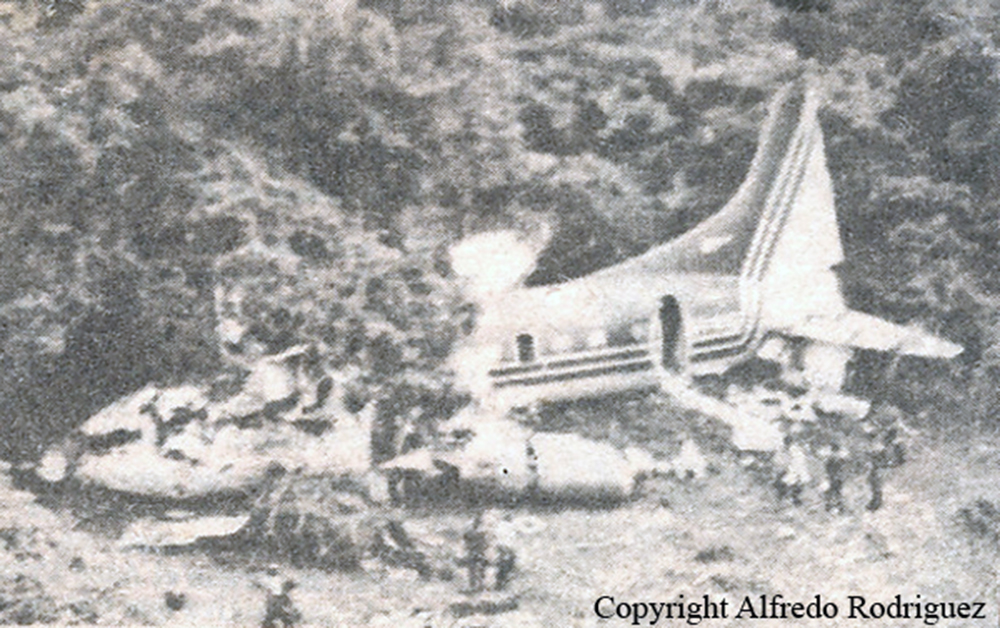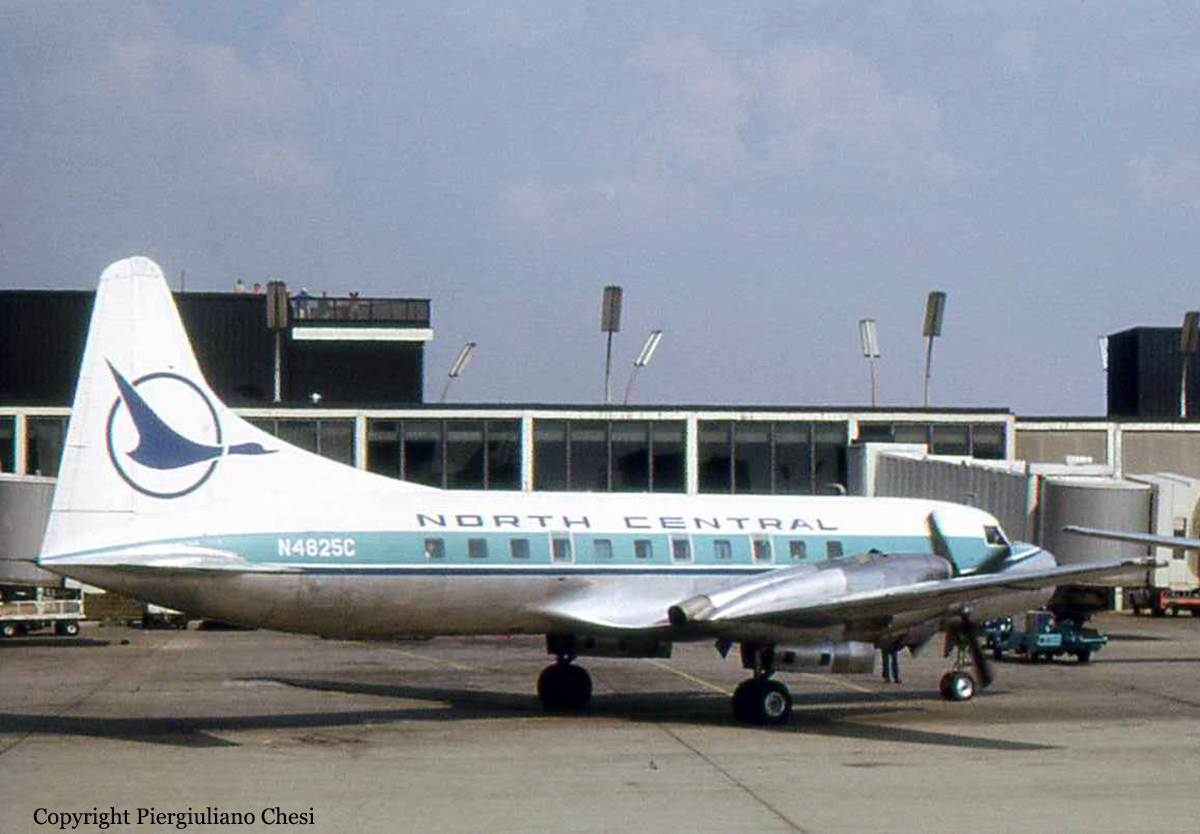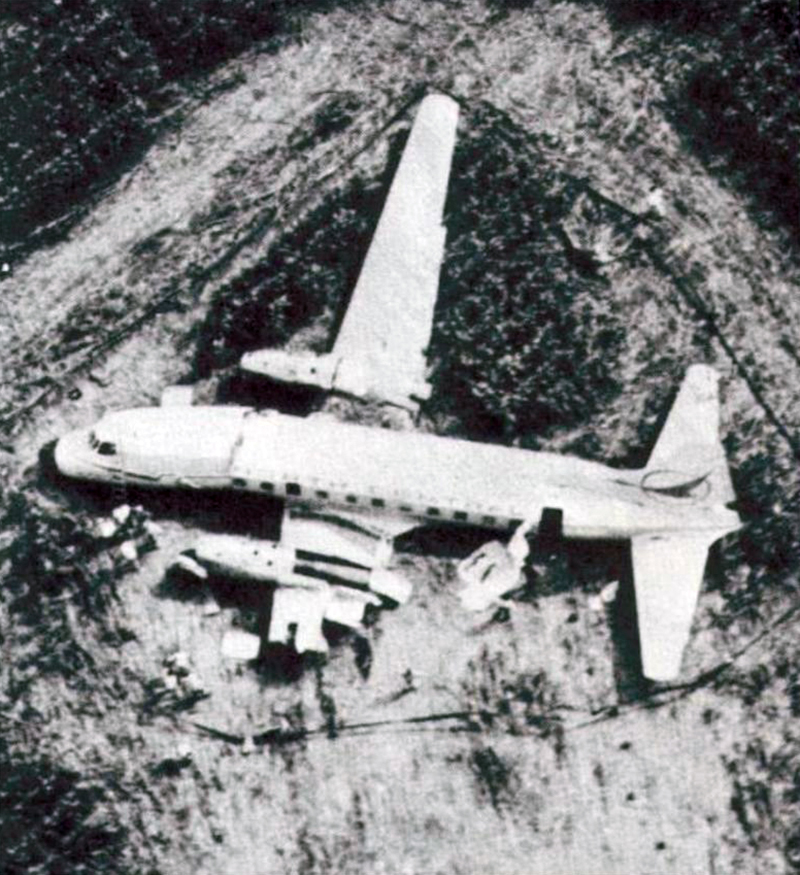Crash of a Convair CV-580 in Belvidere Centre: 2 killed
Date & Time:
Sep 18, 1991 at 2150 LT
Registration:
C-FICA
Survivors:
No
Schedule:
Moncton - Hamilton
MSN:
98
YOM:
1968
Crew on board:
2
Crew fatalities:
Pax on board:
0
Pax fatalities:
Other fatalities:
Total fatalities:
2
Captain / Total hours on type:
1200.00
Aircraft flight hours:
39323
Circumstances:
The airplane was cruising in night instrument meteorological conditions when it entered a left turn and exceeded the design airframe limits. The airplane broke up in the descent due to aerodynamic forces and was destroyed. The outboard wing panels had failed downward and center wing section separated from the fuselage. The horizontal stabilizer and elevators had failed down and aft. The captain was found out of the cockpit with no evidence of him being in the seat at impact a human factors study found the aircraft's last minute of flight matched a profile of a pilot experiencing spatial disorientation. Both pilots were killed.
Probable cause:
Failure of the first officer (co-pilot) to maintain control of the aircraft after becoming spatially disoriented, and his exceeding the design stress limits of the aircraft. Factors related to the accident were: the lack of two pilots in the cockpit, darkness, and instrument meteorological conditions (IMC) at flight altitude.
Final Report:



